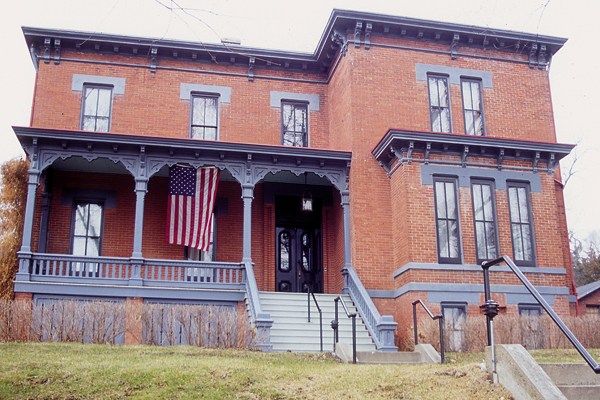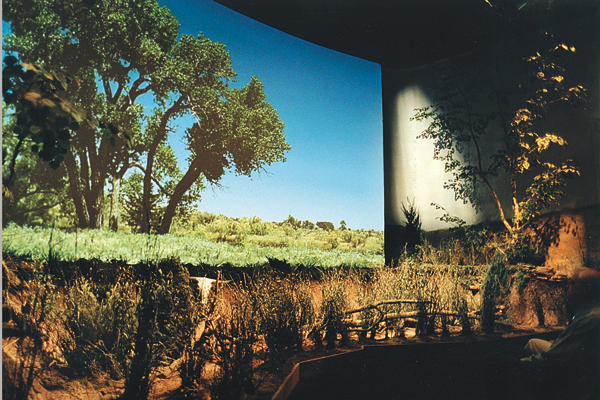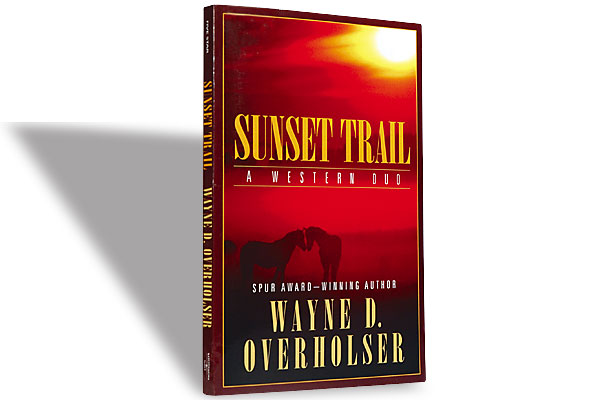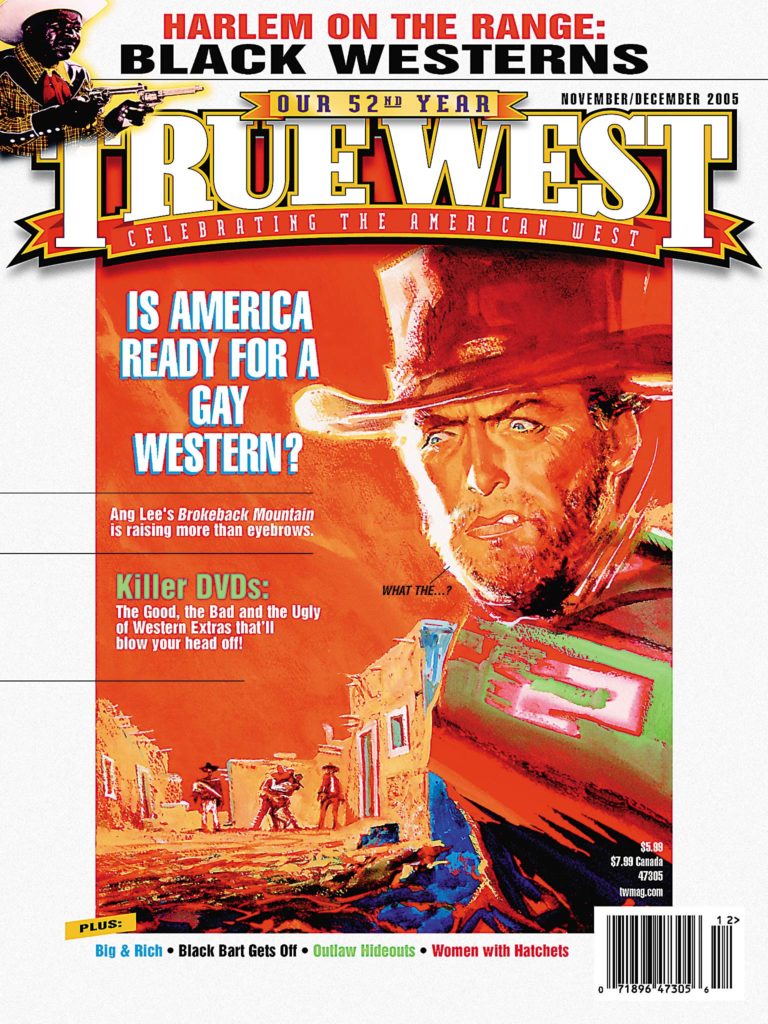 I’m sneaking across the Missouri River, as it may be safer traveling incognito.
I’m sneaking across the Missouri River, as it may be safer traveling incognito.
It seems I ticked off a resident or two the last time I mentioned Council Bluffs, Iowa, in this ol’ rag. I don’t recollect the exact words used, but “seamy underbelly” comes to mind. Iowans have also been perturbed by my fondness of Omaha, Nebraska. So I decided, seeing how more than 10 years had passed since my last visit, that maybe I should check out both cities again.
There’s a lingering feud in these parts. Council Bluffs dislikes its neighbor across the bridge, and Omaha probably would, too, if it ever noticed the other burg. Fights like this aren’t new, of course. Take Dallas/Fort Worth, for example. But it doesn’t make much sense.
“It’s like the Greeks and the Turks,” says a Council Bluffs woman, who works in Omaha. “They’re pretty much the same people, same culture, same food, just different names, but they hate each other.”
Council Bluffs’ argument is that it came first, and it did. The city also lays claim to plenty of Western historical sites, and I can’t deny it. We may not remember Buffalo Bill Cody (an Iowan, I may add) if not for Council Bluffs. After all, Ned Buntline wrote “Buffalo Bill, the King of Border Men” for the New York Weekly while staying at the city’s Pacific House.
Council Bluffs celebrates its Western heritage, too, at the Western Historic Trails (Lewis & Clark, Mormon, California, Oregon) Center, the Union Pacific Railroad Museum (in a restored Carnegie library) and the Historic Gen. Dodge House (home to Grenville M. Dodge). Plus, the Mid-America Center will play host to the National Congress of Old West Shootists Convention & Sale next year on February 17-19.
No, Council Bluffs isn’t the hick burg Nebraskans would have you believe, although one Council Bluffs local told me at a book signing, “Man, I don’t read. But if I did, I’d buy your book.”
Then again, Omaha isn’t a crime-filled, traffic-congested urban blight populated by arrogant S.O.B.’s. Sprawling, maybe, but Omaha maintains charm and history.
The Joslyn Art Museum has a stunning collection of everything from Monet to Pollock, plus a treasure trove of Western art, including Karl Bodmer’s watercolors and prints from his 1832-34 journey up the Missouri with German Prince Maximilian.
Omaha’s Henry Doorly Zoo, featuring the outstanding Hubbard Gorilla Valley, Kingdoms of the Night and Desert Dome exhibits, rivals anything this side of San Diego, and it even has its own Buffalo Bill connection. The showman loaned a few bison to what was then Riverview Park in 1898.
General George Crook called Omaha home during his stay at Fort Omaha, and Crook’s restored residence, next door to the Douglas County Historic Society, is a must-stop for any Western buff. Besides, society director Betty Davis can fill volumes with her knowledge of area history.
Up the road is the Mormon Trail Center at Historic Winter Quarters, site of the Latter-day Saints’ 1846-47 encampment. Opened in 1996, the center details the ordeal of Mormon pioneers. “Many early settlers were not Daniel Boones,” Director Ronald W. Thurber says. “They were city slickers.”
Train lovers of all ages will enjoy Omaha’s Durham Western Heritage Museum, a Smithsonian Institute affiliate housed in the art deco 1931 Union Station. There’s historic Boys Town, too, plus hometown hero Warren Buffett and his favorite restaurant, Gorat’s. I don’t think Council Bluffs can top Gorat’s T-bone.
Then again, Omaha lacks an 1885 Squirrel Cage Jail. That’s in Council Bluffs, along with three casinos and one loyal True West reader who doesn’t tar and feather me for slamming her hometown. So much for being incognito.
Now if only the rest of Council Bluffs and Omaha could be so forgiving. Can’t we all get along?
Road warrior Johnny D. Boggs recommends the Omaha Hilton and Gorat’s steakhouse.





